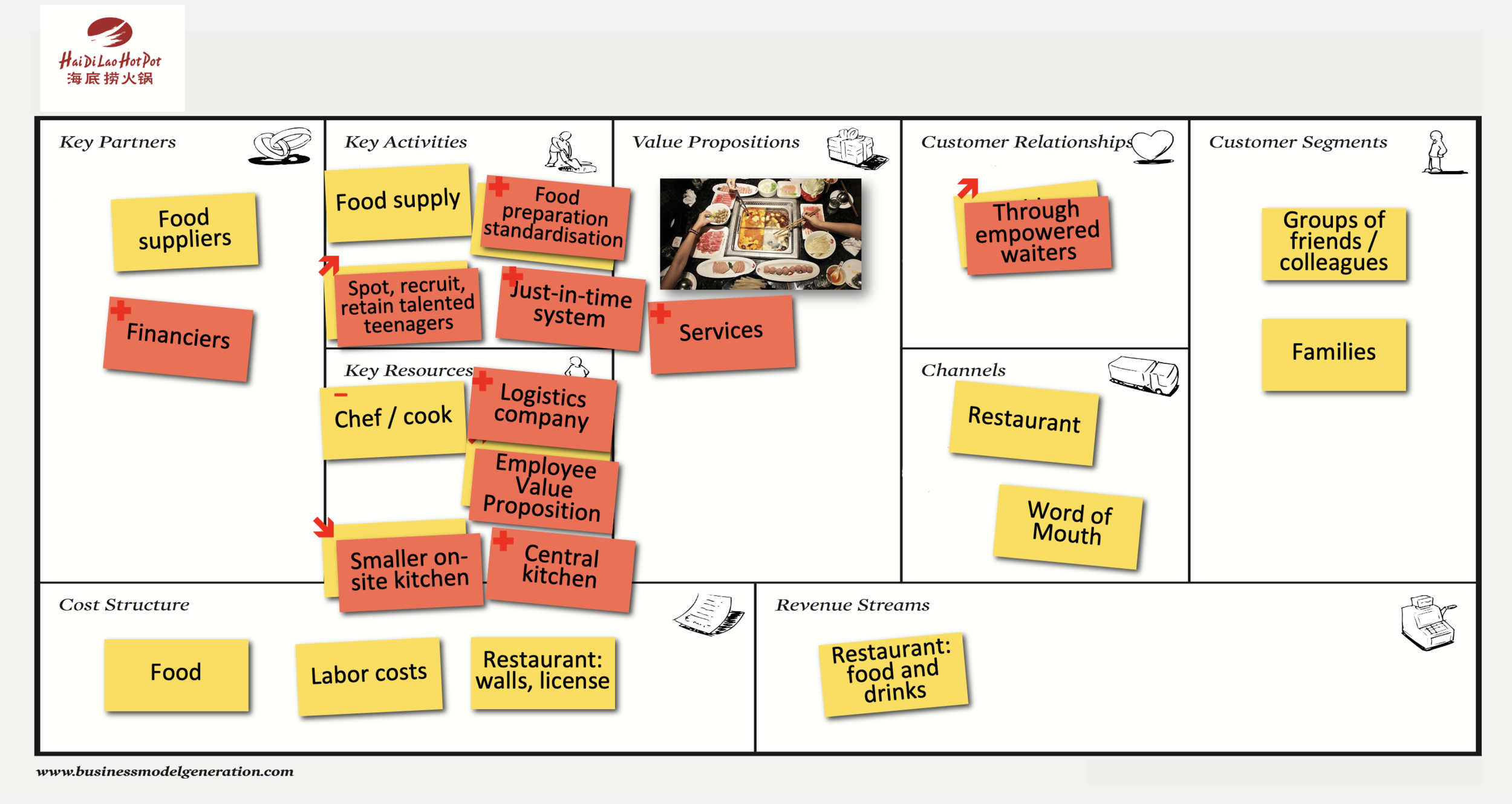Are customer gains the opposite of pains?
We, at Strategyzer, use the customer profile to map the customer’s jobs-to-be-done (JTBD), pains and gains when working on value proposition design with entrepreneurs and innovation teams.
One question we get all the time, especially from new users of the value proposition canvas is: Are customer gains just the opposite of pains?
In this post we explore three simple hacks you can use with your team to sharpen your thinking on customers’ pains and gains.
Let’s work through a simple example together, so we can see the difference between pains and gains.
#1 Job-to-be-Done: Pay for a meal
Picture Mr. Smith on a date or a business lunch with clients, and he has a very simple job-to-be-done: to pay for the meal.
If his credit card doesn’t work when the waiter brings the check, that is a clear pain.
But if his credit card works and payment for the meal is approved, that is not a gain either, as it falls under his normal expectations. This is visualised as the “expectations bar” on the customer profile below.
The key takeaway here: Gains are not simply the opposite of pains.
And if you interviewed people about the positive outcomes from using their credit card, most would probably mention “earning reward points” as a gain for them.
#2 Job-to-be-Done: Buy coffee before work
When Mr. Smith goes for his morning coffee, his expectation is to leave the store with his hot drink in less than five minutes.
If the coffee comes within:
• 2 mins -> it’s a gain (time)
• 5 mins -> no gain or pain (neutral)
• 10 mins -> it becomes a pain (lost time)
These pains and gains live on a time continuum for Mr. Smith.
When working on pains and gains on your customer profile, it’s good practice to ask yourself what pains and gains could live on a continuum - and if so, then what type?
As you dive deeper into customers’ pains and gains, you may also discover when a continuum has clear boundaries for customers.
If we use the previous job of getting take-away coffee, Mr. Smith would experience receiving a cold coffee as a clear pain. Then again, receiving a hot coffee is just meeting his expectations, while ending up with a coffee so hot he can’t even hold the cup is definitely not a gain.
The temperature continuum we could use to map pains and gains has some obvious boundaries, so you need to be clear that, past a certain point, a higher temperature will not create a bigger gain but will actually turn into a pain.
In summary, to go beyond thinking of pains and gains as just polar opposites, use these three simple hacks:
1. Define the expectations bar, as not meeting those expectations will be a clear pain for customers.
2. Look for continuums that pains and gains could live on.
3. Clarify the boundaries of those continuums.
These three simple hacks can lead to much better outcomes in building the customer profile “prototype” you need to get out of the building and test your assumptions on key jobs, pains and gains with real customers.
Testing outside of the building is a critical next step in the value proposition design journey, and a real game-changer to go beyond what could still be biased and partial understanding of customers’ pains and gains.
When we work with innovation teams mapping their first customer profiles, we coach them on how to look further than the opposites of pains to find real gains.
Join us at one of our training Masterclasses to learn more!
Note: this post is only a small insight into awesome work done by Greg Bernarda on Value Proposition Design best practices and may or may not be the direct consequence of his regular visits of Starbucks coffee shops in Zurich and the world.








